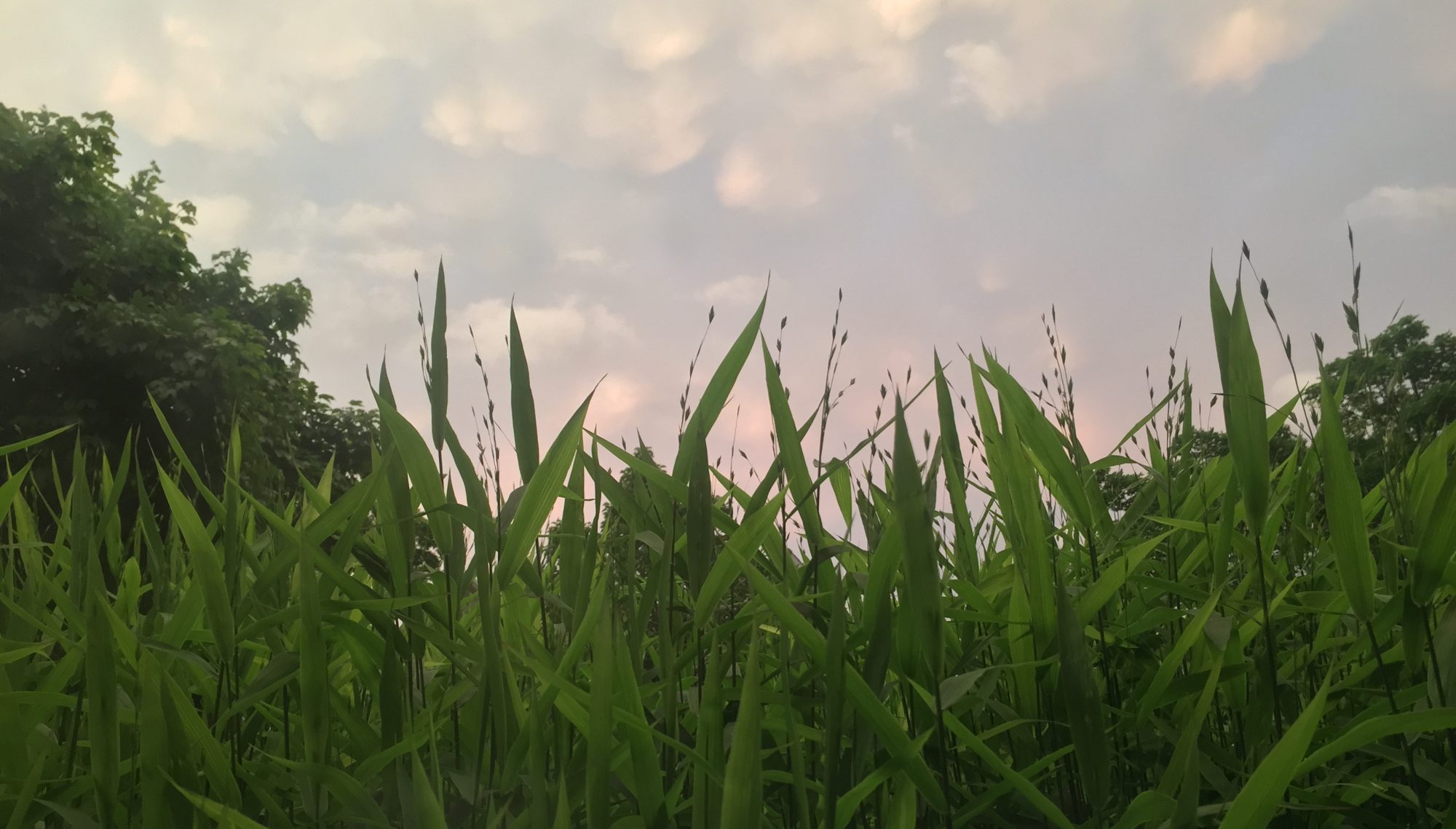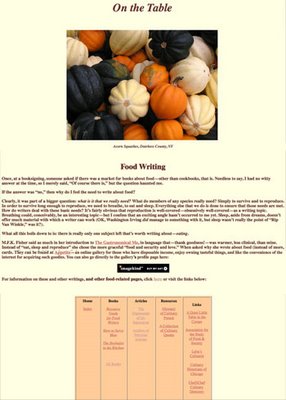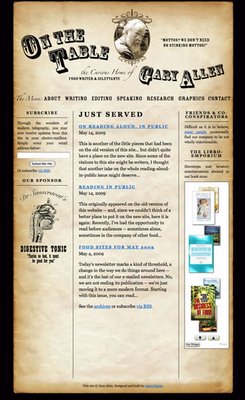Today I officially announce the launch of my new-and-improved, new-look-same-great-taste, satisfaction-guaranteed-or-your-money-back personal website. There are a few more things to do (updating my email signature and Twitter avatar, perhaps business cards) to make the rest of my online presence consistent with the new site, but I feel comfortable enough with it to release it into the wild (comments and feedback are, as always, welcome and appreciated).

The old site, which launched in late 2007, was showing its age, and badly, with some of the web 2.0 cliches of its era (I’m looking at you, orange.) The new one cleans up the information architecture and rolls out a new look that I think fits better with my “personal brand” (or, as they used to call it, my “personality”). In some ways, the new look harkens back to my very first freelance website from 10 years ago… but no Papyrus on this one, thank you very much.
I had actually been working on this relaunch for quite some time. It’s a common lament among designers that creating one’s own identity pieces is surprisingly hard; after all, how do you visually communicate your ability to create visual communications? And while they say you are your own worst critic, I’ve decided that I am also my own worst client. Consider the following list of sins that every designer dreads encountering in a client:
- I changed my mind on designs that I had already signed off on, for reasons that were largely arbitrary.
- I ignored deadlines that I had set for myself.
- I flaked out and abandoned the project for months at a time.
I’m sure that if I had been charging myself, I probably would have been late with payment, as well. But this self-branding exercise is helpful for all designers to go through. The skill at the core of good design, I believe, is empathy — the ability to put oneself in the shoes of, say, a website’s users or a customer’s clients. I think we’ve all had clients where we just don’t understand why it’s so damn hard for them to make a decision, or to provide content they promised by the date they themselves suggested, or whatever. Being our own client, however, reminds us that these things are not always as easy as we might think.


